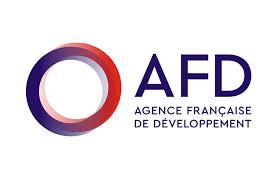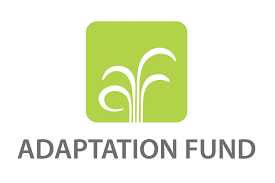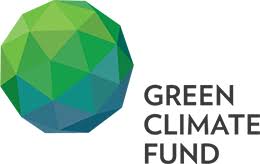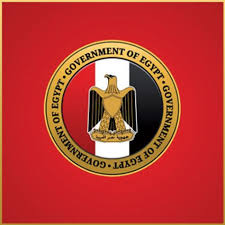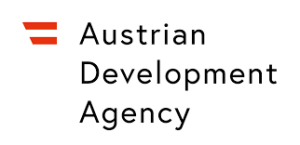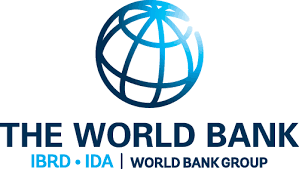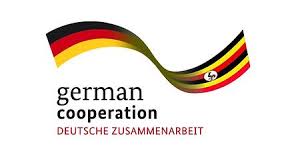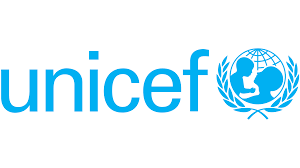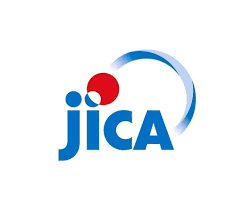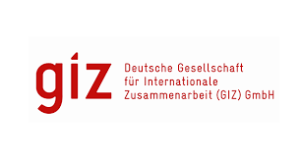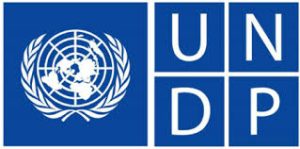WSSP III
The Water Supply and Sanitation Project III (WSSP III) is a significant initiative of the Government of Uganda (GoU), primarily through the Ministry of Water and Environment (MWE). Building on previous phases, this project receives substantial funding from the African Development Bank (AfDB) Group and aims to significantly expand access to water supply and sanitation services across targeted areas in Uganda.
Core Objective:
The core objective of WSSP III is to increase access to sustainable water supply and sanitation services in small towns and rural growth centers, and to enhance the capacity for effective management of water resources. This contributes to improved public health, economic development, and overall well-being of the beneficiary communities.
Funding and Implementation:
- Funding: The project is primarily funded by the African Development Bank (AfDB) Group, including significant contributions from the African Development Fund (ADF) and the Rural Water Supply and Sanitation Initiative (RWSSI) Trust Fund.
- Total Cost: The total project cost is approximately UA 50.13 million (equivalent to roughly US$70-75 million depending on exchange rates at the time of approval).
- Implementing Agencies: The Ministry of Water and Environment (MWE) is the executing agency, responsible for overall coordination and implementation. The National Water and Sewerage Corporation (NWSC) is typically involved in urban water supply components, while MWE handles rural water supply and sanitation directly or through local governments.
- Duration: Projects of this nature generally have an implementation period of around 5 years.
Project Area and Beneficiaries:
WSSP III targets various small towns and rural growth centers (RGCs) across Uganda, aiming to extend water and sanitation services to populations currently underserved. The specific towns and regions vary per phase, but the focus is generally on improving living conditions and economic opportunities in these areas.
While a comprehensive list of all specific towns might be extensive, the project typically focuses on a cluster of towns in different regions.
The project directly benefits:
- Residents of targeted small towns and RGCs: Gaining improved access to safe and reliable water and sanitation.
- Local businesses and institutions: Benefiting from better infrastructure and healthier communities.
- Women and children: Who often bear the primary burden of water collection and are most vulnerable to water-borne diseases.
Key Components and Activities:
WSSP III typically comprises several key components aimed at achieving its objectives:
- Urban and Rural Water Supply Infrastructure Development:
- Construction and rehabilitation of water supply systems: This includes new boreholes, bulk water treatment plants, pumping stations, storage reservoirs, and extensive distribution networks within the targeted towns and RGCs.
- Extension of water pipelines: Connecting more households, institutions, and public facilities to the piped water supply.
- Sanitation and Hygiene Promotion:
- Construction of public sanitation facilities: Building improved public latrines, especially in markets, schools, and health centers.
- Promotion of household sanitation: Encouraging and supporting communities in constructing improved household latrines.
- Hygiene promotion campaigns: Raising awareness about safe hygiene practices, handwashing, and water handling to prevent waterborne diseases.
- Water Resources Management and Environmental Safeguards:
- Strengthening water resource monitoring: Improving data collection and analysis on water quality and quantity.
- Water source protection: Implementing measures to safeguard critical water sources from pollution and degradation.
- Environmental and social management: Ensuring project activities comply with national and international environmental and social safeguard standards.
- Institutional Development and Capacity Building:
- Strengthening service providers: Providing technical assistance and training to local water authorities and private operators for sustainable operation and maintenance of WSS facilities.
- Community management: Empowering communities to participate in the planning, implementation, and management of water points and sanitation facilities.
- Sector policy and regulatory support: Supporting MWE in refining policies and regulations for the water and sanitation sector.
 Official Website of the Ministry of Water and Environment
Official Website of the Ministry of Water and Environment

